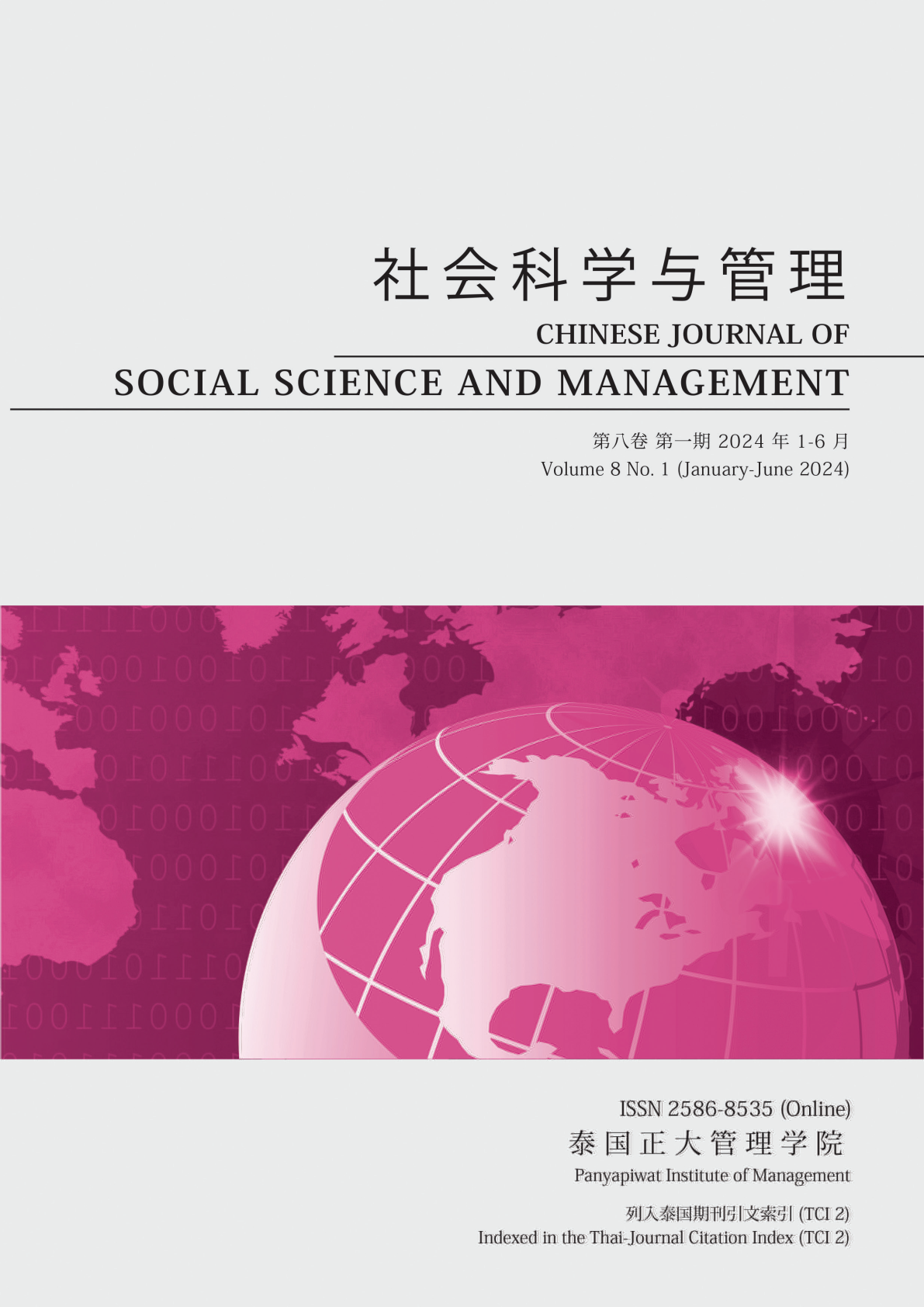THE SEMANTIC DISTRIBUTION OF THE MODERN CHINESE WORD “HUO” BASED ON QUALIA STRUCTURE
Main Article Content
Abstract
The qualia structure theory is centered on the semantics of nouns and provides scientific guidance for lexical interpretation. It has been shown that it has strong explanatory power in semantic generation and semantic combination of nouns. In this paper, on the basis of the existing dictionary interpretation, we use the qualia structure theory as a guide and combine it with corpus technology to redivide and redescribe the meaning items of the modern Chinese natural object class “HUO”, and to explain and interpret the derivation of each meaning item. Based on the results of this study, the conclusions are as follows: 1) The original dictionary definitions have the problem of incomplete division of meaning items and omission of meaning items. 2) Some of the dictionaries are not accurate in their descriptions and there is the problem of synonymous interpretation. 3) The interpretation of the derivation between the meaning items is not clear enough and lacks theoretical support.
Article Details

This work is licensed under a Creative Commons Attribution-NonCommercial-NoDerivatives 4.0 International License.
Chinese Journal of Social Science and Management Editorial Division
The Office of Research and Development, Panyapiwat Institute of Management
85/1 Moo 2, Chaengwattana Rd., Bang Talat, Pakkred, Nonthaburi 11120, Thailand
Tel. 02 855 01048 E-mail: cjssm@pim.ac.th
References
Pustejovsky, J. (1995). The generative lexicon. Cambridge, The MIT Press.
Fu, H. Q. (1993). Some problems with the division of denota 2 tive items. Lexicographical Studies, (3), 8-15. [in Chinese]
Han, L. (2004). Analysis of modern Chinese event nouns. Journal of East China Normal University (Humanities and Social Sciences), (5), 106-112. [in Chinese]
Han, L. (2016). Definition and systematic construction of Chinese event nouns. Journal of East China Normal University (Humanities and Social Sciences), (5), 161-175. [in Chinese]
Hu, W. F. (2013). Construction of definition principles in Chinese EFL learner’s C-E dictionaries. Lexicographical Studies, (4), 40-48. [in Chinese]
Li, S. C. (2016). A Corpus-based study on the distribution of the semantic items of “Huang” in modern Chinese. Journal of China Ocean University, (6), 23-30. [in Chinese]
Qian, H. S. (1993). Principles and issues in the interpretation of bilingual dictionaries. Lexicographical Studies, (3), 50-57. [in Chinese]
Shi, C. H. (2012). The cognitive foundation of the lexical meaning structure and the principles of lexicographical definition. Studies of the Chinese Language, (2), 114-127. [in Chinese]
Song, Z. Y. (2017). Cognitive orientation of generative thesaurus from the perspective of linguistic relevance. Journal of Peking University (Philosophy and Social Sciences Edition), (2), 151-160. [in Chinese]
Song, Z. Y., & S. A. (2020). The semantic relationships in place-object compounds: Qualia structure perspective. Journal of Chinese Information Processing, (34), 10-16. [in Chinese]
Song, Z. Y. (2022). A study of compound words in verbal-nominal definitions based on construction theory and qualia structure from a verbal perspective to a noun perspective. Chinese Teaching in the World, (1), 33-48. [in Chinese]
Su, X. C. (2000). An analysis of obsolete terms in the second and the third editions of a dictionary of modern Chinese. Studies of the Chinese Language, (2), 174-181. [in Chinese]
Tan, J. C. (2015). On the three basic principles of dictionary entry definition: With examples from the modern Chinese dictionary. Lexicographical Studies, (2), 20-25. [in Chinese]
Yuan, Y. L. (2013). Research on semantic knowledge system based on generative thesaurus theory and argument structure theory. Journal of Chinese Information Processing, (3), 27-33. [in Chinese]
Yuan, Y. L. (2014). Descriptive system and application cases of Chinese noun qualia structure. Contemporary Linguistics, (1), 31-48. [in Chinese]
Zhang, Z. Y. (2015). A study on synonymic interpretation of the 6th edition of the modern Chinese dictionary. Lexicographical Studies, (1), 19-28. [in Chinese]


